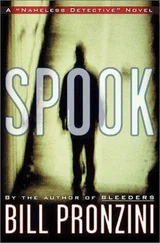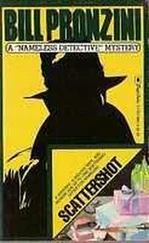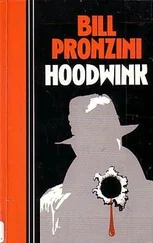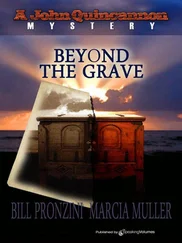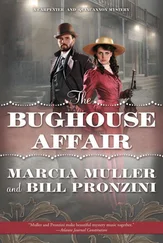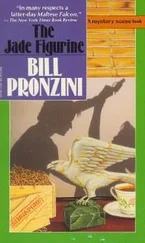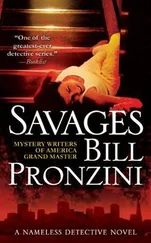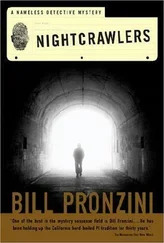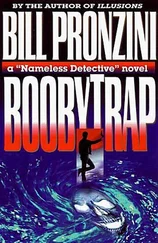For Barbara Lasky,
in fond memory of the Oak Leaf Days
Northern California’s Russian River is many things to many different people: water source for sections of Sonoma County and its thriving wine industry, summer resort playground, home to a relatively small and diverse year-round population that includes a once-burgeoning, still-influential LGBT community and culture. The river’s main segment is more than a hundred miles long, stretching from its headwaters near Potter Valley to its ocean mouth at Jenner. The American Indian name for it, I’d once been told, was Shabakai — “long snake.”
A sleeping snake in the summer and fall, but at this time of year, late February, it has been known to be as deadly as any reptile when it grows bloated enough from heavy winter rains to exceed its thirty-two-foot flood stage. That happens fairly regularly, the most disastrous in recent memory during the winter of 1997–98 when the river had crested at forty-six feet. Three people died, the entire populations of Guerneville and its smaller resort area neighbors, Rio Nido, Monte Rio, and Rio Verdi, had to be evacuated, and scores of low-lying summer and permanent homes had been swamped with water and/or mud. Most of the residents came back as always — repairing, rebuilding, replacing lost possessions. River dwellers are a special breed, modern-day pioneer stock. The harder they’re battered and the greater their losses, the more determined they become.
It had been a while since Northern Californians had had to deal with chains of storms and constant drenching downpours. The severe drought the entire state has suffered through for four-plus years and counting has seen to that. The previous year’s winter had brought some much-needed rain, enough to partly fill lakes and reservoirs, streams and wells, but though one particularly nasty storm had caused flooding, mudslides, toppled trees, power outages, and several million dollars in damage, the rainfall totals were not substantial enough to put an end to the drought. So far this winter’s El Niño rains had started to do the job.
It was raining the afternoon I drove up to the Russian River from San Francisco, but just the light and misty kind, steady enough, though, with less than an inch altogether expected throughout the region. A gloomy day to be out and about on River Road.
I’d been up here a few times, mainly with Kerry and Emily on visits to Armstrong Redwoods State Natural Reserve. But this was a business, not a pleasure, trip. Under normal circumstances, the agency’s investigative fieldwork was handled by Jake Runyon, Alex Chavez, or one of the part-time operatives Tamara and I employed; in my semiretirement I was usually deskbound on the two days a week I came into the office. But we’d lucked into an uncommonly busy period that had everybody available tied up, so rather than bring in someone new and untried, I’d volunteered to take on the Rio Verdi job myself. Does me good to get back into the field harness once in a while, like an old but still-durable plowhorse.
The client was an attorney we’d done some work for in the past, the job interviewing witnesses to a two-car automobile accident the previous fall, the object to gather any new information that might be useful to the plaintiff in a civil suit the attorney had filed on behalf of one of the drivers, a San Francisco businessman named Arthur Clements. Clements and his wife had been on River Road, on their way home from visiting relatives, when the other vehicle sped through a stop sign and slammed into the passenger side of their car, causing grievous injuries to Mrs. Clements that confined her to a wheelchair. It was the Clementses’ contention that driver number two, David Bishop, a Santa Rosa resident who owned a second home near Rio Verdi, had willfully and negligently run the stop sign, making no attempt to avoid the collision. Bishop was just as adamant that he had been traveling at normal speed on the narrow downhill side road from his cottage when his brakes failed and the collision had therefore been unavoidable. He’d escaped the smashup with nothing more than cuts and bruises.
The official reports and witness statements left some doubt as to which version was the true one. There had been two witnesses, neither of whom was willing or able to make a positive statement either way. Field sobriety tests conducted by the investigating sheriff’s and CHP officers had determined that Bishop was not under the influence of either alcohol or drugs, and a subsequent body-shop examination of his vehicle revealed worn brake linings, though no concrete evidence that they’d gone out, so no charges were filed against him. A court judgment in the Clementses’ favor was problematical at best, the more so because they were seeking two hundred thousand dollars in punitive damages, but they’d insisted on going ahead anyway. To the attorney’s financial benefit, and the agency’s and mine, if not to theirs.
I’d gone first to Santa Rosa in an effort to listen to Bishop’s account firsthand, but he’d refused to see me. No surprise there. So now here I was at the Russian River, to make an independent examination of the scene of the accident and talk to the witnesses in the slim hope that one or both might be willing to testify in the Clementses’ behalf. Not an easy task, but then not all that difficult, either. I’d handled similar investigations dozens of times, more often than not with satisfactory results.
I drove through Guerneville, along the winding stretch to Monte Rio, and then the short distance to Rio Verdi — a misnomer, since the river was not green but silt brown throughout the year. It was not much more than a wide spot in the road, with a handful of buildings: mini-market, service station, funky old saloon with a movie western false front, a couple of uninhabited near derelicts, a propane dealership. The river flowed crookedly behind most of the buildings, all except the market and service station; densely forested slopes of pine and redwood, spotted with typically rustic hidden and half-hidden homes, rose on the opposite side and beyond.
The accident had happened at the intersection with Ridgecrest, a narrow side road that climbed the hillside. The first thing I did was drive up Ridgecrest five hundred yards or so and then come back down, to get a look at its configuration and gauge its steepness. For the last hundred yards to the River Road intersection — I stopped and got out into the chilly drizzle to measure the distance — Ridgecrest was closely bordered by trees with grass-rutted verges not much wider than a man’s body. Until you got near the stop sign at the bottom, you couldn’t see more than fifty feet or so in either direction along the highway.
Rio Verdi Propane was the last building on the hamlet’s west side, close to the intersection. One of the witnesses, George Orcutt, worked there. He’d been out in the narrow lot in front at the time of the accident, and from there, I noted as I swung in, he would’ve had a more or less unobstructed view of what had taken place.
I parked near a couple of large commercial tanks, entered a cramped and overheated interior. The man behind the counter was forty or so, lanky, fox faced; strands of long caramel-colored hair straggled from beneath a greasy-looking Raiders cap. He squinted at me out of bloodshot eyes, and his hand trembled when he raised it to scratch at a patch of stubble on his chin. Portrait of a man with a bad hangover.
I asked if he was George Orcutt, he said he was, and I told him who I was and why I was there. He looked at the photostat of my license, looked at me as if I were something with claws and scales that had popped up out the netherworld, and then said, scowling, “Lawsuit? Shit, no! I don’t want nothing to do with that.”
Читать дальше

